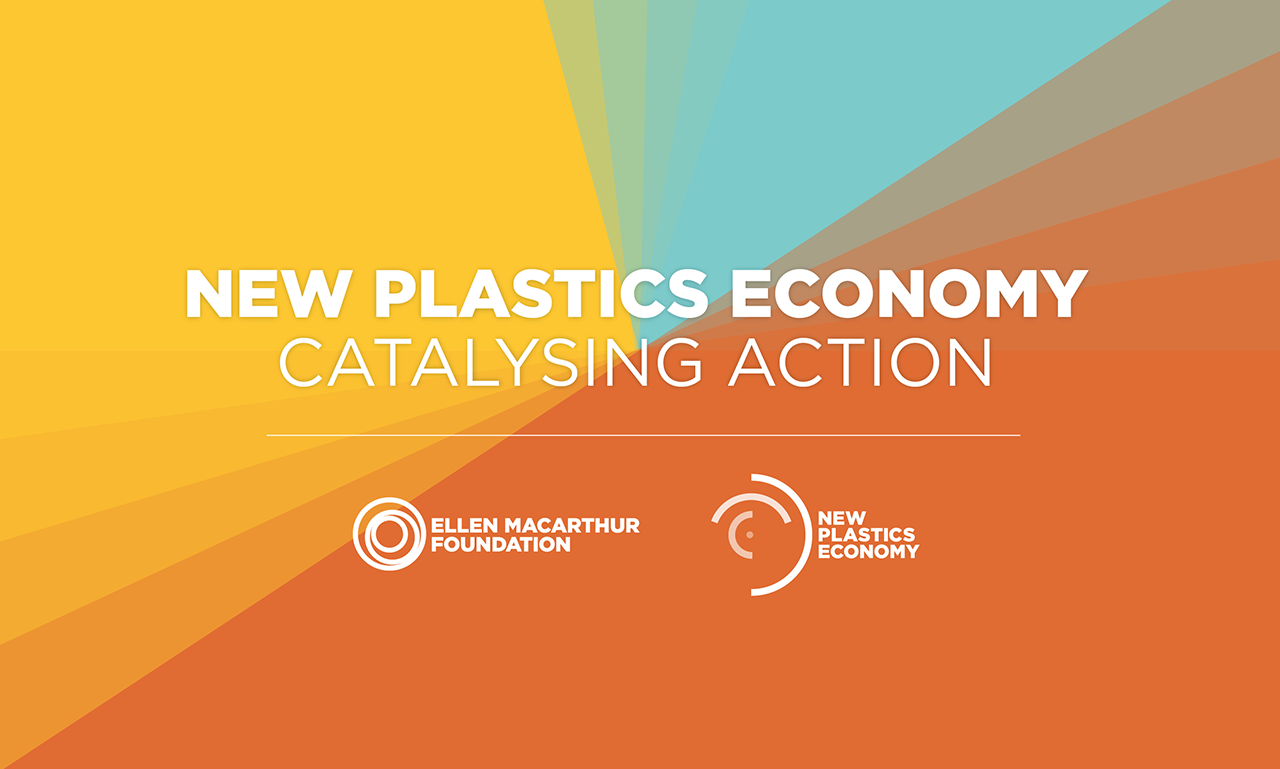The study “The new plastics economy: Catalysing action” reveals that concerted action by industry could result in reuse and recycling of 70 per cent of all globbal plastic packaging, up from today’s recycling rate of just 14 per cent. The authors last year revealed that there could be more plastics than fish in the ocean by 2050.
The report provides a transition strategy for the global plastics industry to design better packaging, increase recycling rates, and introduce new models for making better use of packaging. It finds that 20 per cent of plastic packaging could be profitably reused, for example by replacing single-use plastic bags with re-usable alternatives, or by designing innovative packaging models based on product refills.
A further 50 per cent of plastic packaging could be profitably recycled if improvements are made to packaging design and systems for managing after use. Without fundamental redesign and innovation, the remaining 30 per cent of plastic packaging will never be recycled and will continue to destine the equivalent of 10 billion garbage bags per year to landfill or incineration. Innovation in packaging design, recyclable and compostable materials, and reprocessing technologies are likely all required to move this challenging segment forward.
The action plan is part of the New plastics initiative, which was launched in May 2016 as a result of Project Mainstream, a multi-industry, CEO-led collaboration led by the World Economic Forum and the Ellen MacArthur Foundation.
The focus of the New plastics economy over the next year will be on bringing about wide scale innovation. The initiative will launch two global innovation challenges to kick-start the redesign of materials and packaging formats, and begin building a set of global common standards for packaging design, concentrating initially on the most impactful changes. It will also improve recycling systems by delivering collaborative projects between participant companies and cities.
The study can be downloaded here.











